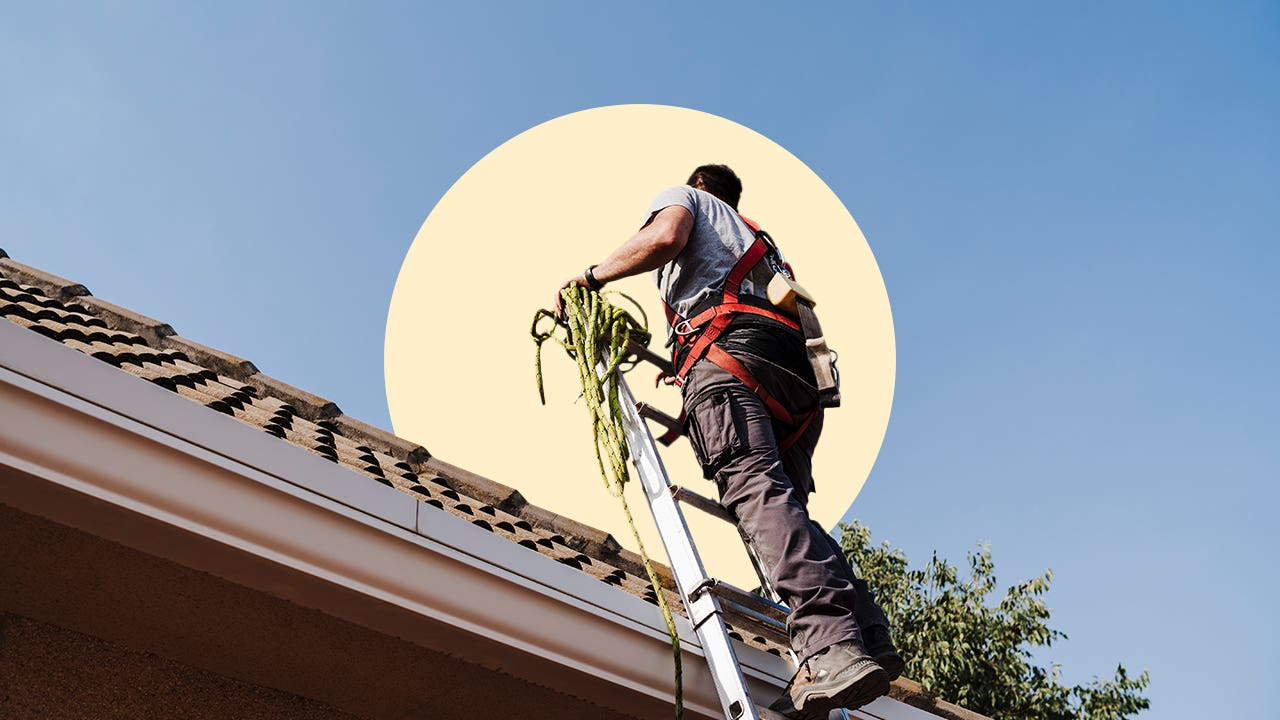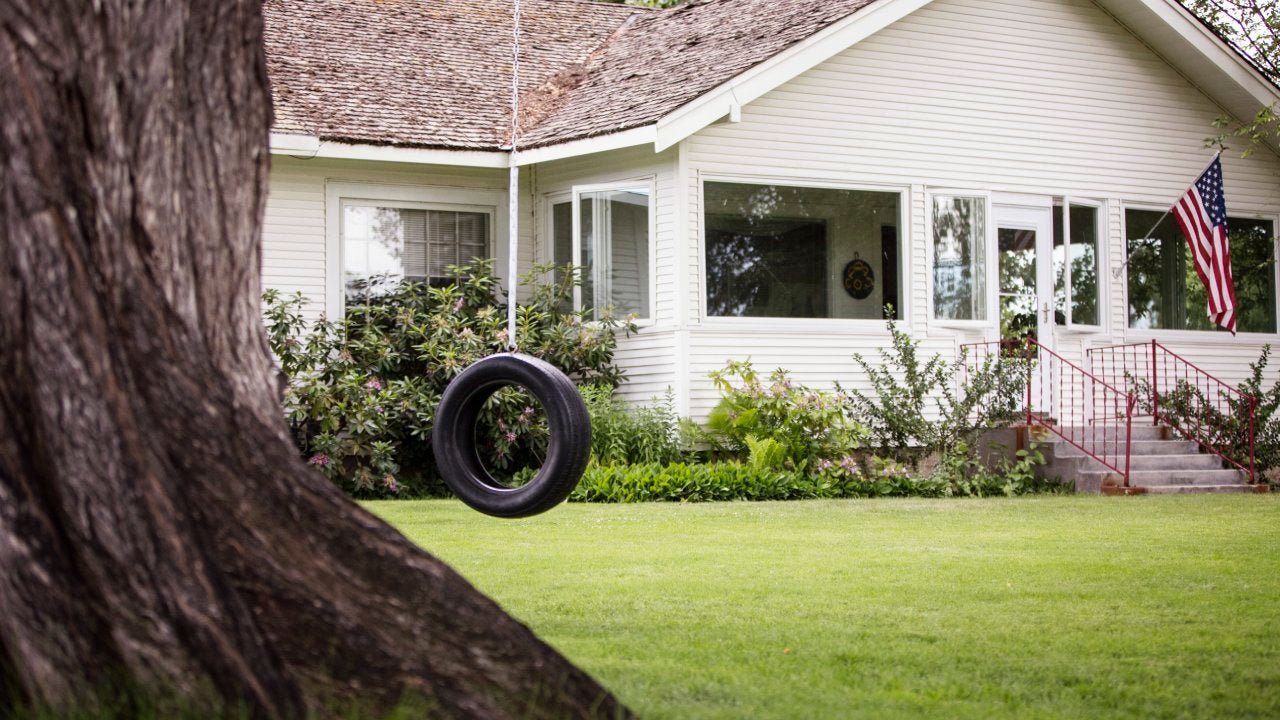FHA 203(k) loans: What they are and how they work




Key takeaways
- FHA 203(k) loans provide funding to finance both a home’s purchase and the cost of repairing it. If you qualify, you can obtain one from an FHA-approved lender.
- This type of loan is reserved for borrowers who intend to live in the home, not house-flippers or investors.
- There are two types of 203(k) rehab loans: limited, for repairs less than $75,000, and standard, for more expensive projects.
When you buy a home, there are usually a few repairs to pay for. If you plan to take on a fixer-upper, you might be facing the prospect of many projects. If this is the case for you, you might be considering an FHA 203(k) loan.
What is an FHA 203(k) loan?
An FHA 203(k) loan, also known as an FHA 203(k) rehab loan or Section 203(k) loan, combines the financing for a home’s purchase and remodeling or repairs into a single loan. Along with these costs, you can also use a 203(k) loan to finance up to six months of mortgage payments while you live elsewhere during renovations. Like other FHA loans, a 203(K) loan is insured by the Federal Housing Administration and offered by FHA-approved mortgage lenders. It also comes with the requirement to pay FHA mortgage insurance.
There are two types of FHA 203(k) loans: limited 203(k) and the more popular standard 203(k). Here’s an overview:
Types of FHA 203(k) loans
- Limited or streamline 203(k) loan
-
Designed for non-structural projects valued up to $35,000, with no minimum cost requirement
- Standard 203(k) loan
-
Designed for more extensive jobs, including major structural work like an addition, with a minimum cost requirement of $5,000
How does an FHA 203(k) loan work?
A 203(k) renovation loan can be a 15- or 30-year fixed-rate or adjustable-rate mortgage (ARM). The amount you can borrow depends on criteria such as your credit rating and income. The total amount borrowed through 203(k) loans must be within FHA loan limits for the area in which the home is located.
Generally, the most you can borrow for the loan is the lowest of the following:
- The FHA’s maximum loan limit for the county where the property is located
- The home’s before-renovation value plus improvement costs
- The home’s after-renovation value
What can an FHA 203(k) loan be used for?
A standard 203(k) loan can cover many major projects, including:
- Converting a property from one unit to up to four units, or the reverse
- Foundation repairs
- Adding or repairing a deck, patio or porch
- Adding or remodeling a garage
- Adding a fence
- Adding accessibility features for people living with disabilities
- Installing appliances such as new refrigerator, cooktop or oven
- Remediating health and safety hazards, such as lead paint
This type of loan can’t cover improvements such as adding a gazebo, swimming pool or tennis court. It also can’t be used for repairs to co-ops or mixed-use properties, unless that property is primarily residential.
A limited 203(k) loan, in contrast, can cover renovating a kitchen, painting interiors and covering the costs of new carpeting. Funds can also be used to prepare a home for sale.
FHA 203(k) loan requirements
There are many requirements to qualify for an FHA renovation loan, including:
- Occupation – The main restriction for an FHA 203(k) loan is that the borrower has to be the owner-occupant of the home. Investors are not eligible for this kind of loan, although, in certain situations, nonprofit organizations might be allowed to obtain one.
- Credit score and down payment – You’ll need a minimum credit score of 580 with 3.5 percent down, or a minimum score of 500 with a 10 percent down payment.
- Debt-to-income (RTI) ratio – Your debt-to-income (DTI) ratio, which measures your gross monthly income against your monthly debt payments, can’t exceed 43 percent.
- Renovation rules – You can only use a limited 203(k) loan for non-structural renovations costing up to $35,000. For a standard 203(k) loan, the work has to involve major construction and cost at least $5,000.
- Timeline – For the standard 203(k) loan, the work has to be completed within 12 months of closing. For a limited 203(k) loan, the work has to be completed within nine months of closing.
FHA 203(k) loan pros and cons
An FHA 203(k) loan allows you to purchase a home that needs some work without obtaining two loans. However, there are many rules for qualifying for this type of mortgage.
Pros of an FHA 203(k) loan
- One loan for both the home purchase and renovations
- Lower credit score requirement
- Low minimum down payment requirement
- Potentially lower interest rates compared to credit cards or home improvement loans
- Can finance up to six months of mortgage payments if living elsewhere during renovations
Cons of an FHA 203(k) loan
- Must plan to live in the home during or after renovation, for at least one year
- FHA mortgage insurance payments required
- Rates might be higher compared to buy-and-renovate conventional loans
- Work financed by a limited 203(k) loan must be completed within nine months
How to get an FHA 203(k) loan
Once you’ve identified a home to buy and fix up, you can apply for a 203(k) loan with your lender and start working on your home projects. The process involves the following steps:
- Assign a consultant, if needed: If you’re obtaining the standard version of the loan, your lender will assign a 203(k) consultant to your project. If you’re getting the limited 203(k), you’re not required to work with a consultant.
- Work with a contractor: Once your lender signs off on the consultant’s details and closes the loan, you’ll work with a licensed contractor to handle renovations.
- Have the work completed: Your lender will issue payments to you at various phases of the renovation. As the project progresses, the consultant will inspect the work to authorize more payments.
- Wrap up the project: Once the project is finished, you’ll provide a release letter and the consultant will evaluate the work.
FHA 203(k) loan refinancing
You can use an FHA 203(k) loan to rehabilitate the home you already live in through a refinance. The process to refinance into a 203(k) loan is similar to a regular refinance, but you must meet the additional requirements of the 203(k) loan.
After refinancing, a portion of the 203(k) proceeds will pay off your existing mortgage, and the rest of the money will be kept in a mortgage escrow account until repairs are completed. You can also refinance an existing 203(k) mortgage through the FHA streamline program, which may help you get an even lower interest rate.




